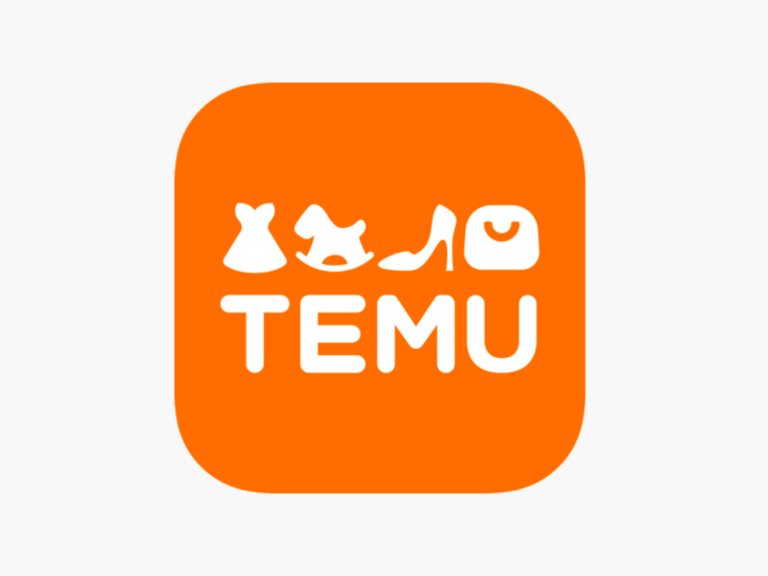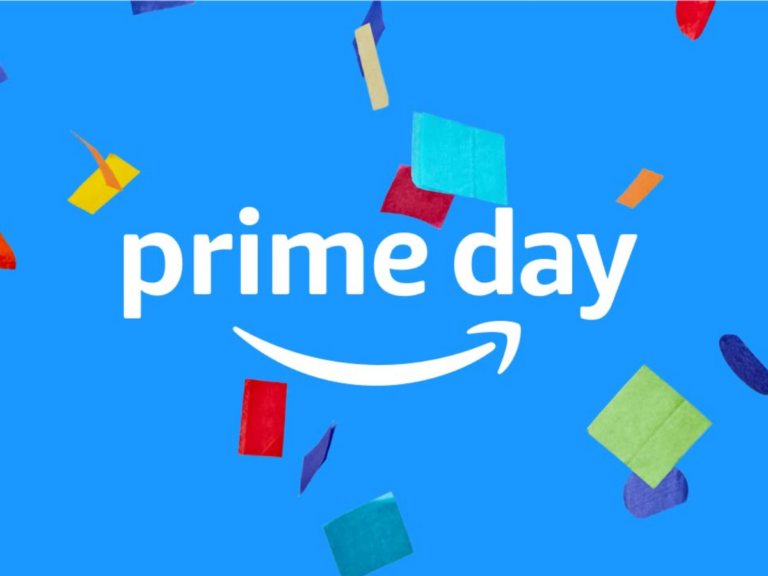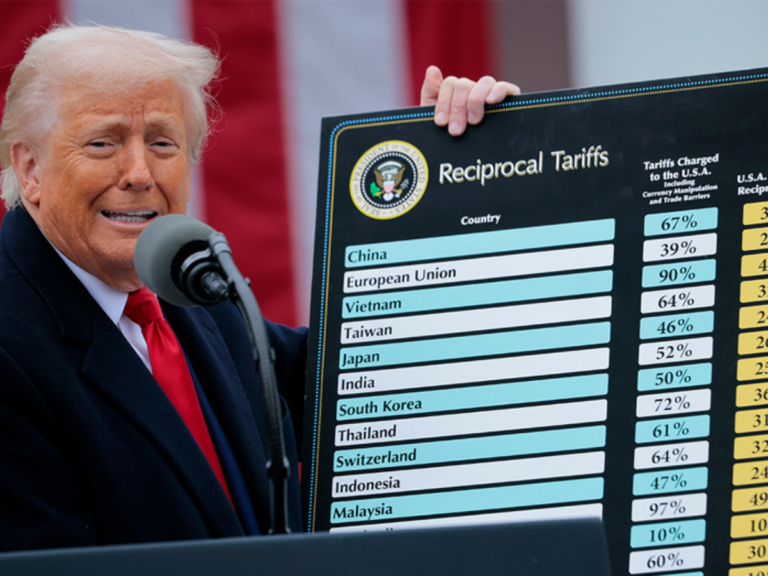Google just rolled out a huge update to its AI-powered creative tools to Google Ads, and this one’s a game-changer. Advertisers can now generate AI-created images of people using Google’s Imagen 3 AI model—meaning no more stock photos, no expensive photoshoots, just on-demand, hyper-customizable lifestyle images designed to match your target audience.
If you’re running ads across Performance Max, Demand Gen, Display, or App campaigns, this update could completely change how you create ad visuals.
Via Google Ads & Commerce Blog
What’s Happening?
Google has integrated AI-generated human imagery directly into Google Ads. That means you can now:
- Generate custom images of people based on text prompts – Want a picture of a “middle-aged man chopping carrots in a bright kitchen”? Type it in, and Google’s AI will create it for you.
- Customize key visual attributes – Adjust age, gender, race, and ethnicity so your ads align with your audience.
- Get AI-powered asset recommendations – Google will suggest images based on the demographics you’re targeting.
- Use these images across multiple campaign types – The feature is available in PMax, Demand Gen, Display, and App campaigns right now.
Later this year, Google will also start automatically suggesting AI-generated images to advertisers based on campaign goals and audience data.
Why It Matters
This isn’t just a cool new tool—it has serious implications for ad performance, creative testing, and production costs.
- No More Stock Photos or Expensive Shoots: AI-generated human images mean fewer budget-sucking photoshoots and no more settling for generic, overused stock images.
- Hyper-Targeted Creatives at Scale: Want to test five different demographics in your ads? Now you can generate unique creatives for each one instead of trying to force one image to work for everyone.
- Faster, More Efficient Creative Production: Creating new ad assets used to be time-consuming and expensive. Now, you can generate fresh creatives in minutes and instantly test them in your campaigns.
But, this isn’t a free-for-all—Google has put strict guardrails around this feature:
- No generating images of brand-name products, politicians, celebrities, or minors.
- No explicit or inappropriate content.
- All AI-generated images will be watermarked with SynthID to ensure transparency.
This means you can’t use it for everything, but for most advertisers, it’s a powerful new creative tool that could improve ad performance without increasing production costs.
What You Should Do Next
If you’re running Google Ads, here’s how to get ahead of this update:
- Start Testing AI-Generated Images Now
- Experiment with different audiences, demographics, and creative styles to see what resonates best with your target market.
- Compare Performance Against Traditional Creatives
- Run A/B tests to measure how AI-generated images perform compared to stock photos or branded creatives.
- Keep an Eye on Google’s AI Image Suggestions
- Later this year, Google will start suggesting AI-generated images for advertisers—make sure you’re ready to test them.
- Ensure Your Brand Messaging Stays Consistent
- AI-generated images give you more creative flexibility, but make sure they align with your brand identity and overall campaign strategy.
Google’s new AI image generation tool is a major evolution in digital advertising. It’s built to help brands create more relevant, targeted, and high-performing ads without the headaches of traditional creative production.
If you’re not testing AI-generated images yet, you should be. Want help integrating them into your strategy? Let’s chat. We’ll make sure your campaigns stay ahead of the curve while keeping performance and branding on point.





no replies